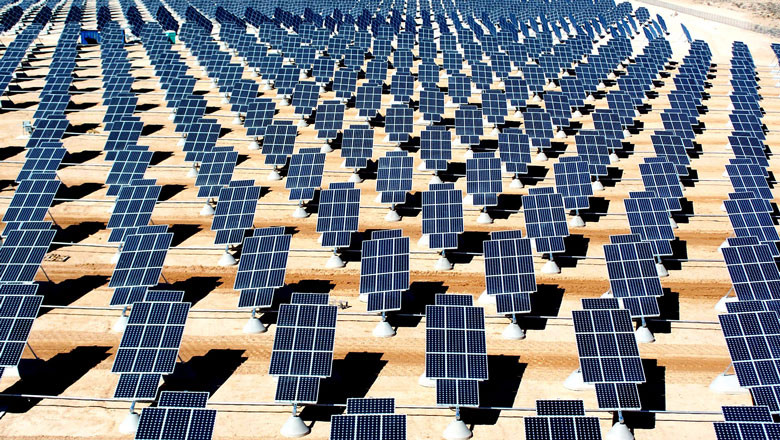From Foggy Bottom, whose name comes from an earlier era when the neighborhood was known for its fog and industrial smoke, comes one of the cleanest and sunniest initiatives in a long time. The George Washington University (GW), a Foggy Bottom institution located just a few blocks from the White House, is showing how a dense urban campus can go solar in a big way.
The #GWSolarBuy By The Numbers
52 Megawatts of new capacity
123,000 megawatt hours produced annually
243,000 solar panels installed
100s of local construction jobs created
2/3 of the components are US made
60,000 tons of carbon dioxide displaced annually
Harnessing the collective buying power of its partners, the George Washington University Hospital and American University, GW recently finalized the largest non-utility solar PV power purchase agreement in the country. Under the terms of the deal, Duke Energy Renewables will build three large solar farms in North Carolina that will provide a fixed cost for approximately half of the University’s on-campus electricity needs and will save GW tens of millions of dollars over the life of the 20-year contract.
This project will not only be the largest solar contract ever signed by a U.S. institution (based on data compiled by US EPA’s Green Power Partners), but also represents a groundbreaking new business model, in which a major not-for-profit retail electricity customer solicited competitive bids to meet a large portion of its future demand with renewable energy generated in a distant state. So put another way, this solar farm would not have been built but for the proactive leadership of GW and its partners.
And while it’s true that none of the actual electrons produced in North Carolina will power a library light or Powerpoint presentation in Foggy Bottom, the power produced there still goes on to the same regional electricity grid, called PJM, that GW draws its power from. That means GW’s solar buy is displacing traditional energy sources on the PJM grid --the majority of which comes from coal fired generation and only 1.5 percent from solar-- reducing air pollution and greenhouse gas emissions across the Mid Atlantic.
This deal is an important addition to the many new innovative solar business models, which accounted for 74 percent of all new U.S. electric generating capacity last quarter, being used to cleaner and economically power our country.
Amit Ronen is the Director of the GW Solar Institute and a Professor at the Trachtenberg School of Public Policy and Public Administration at George Washington University.
Photo courtesy of the US Department of Defense

